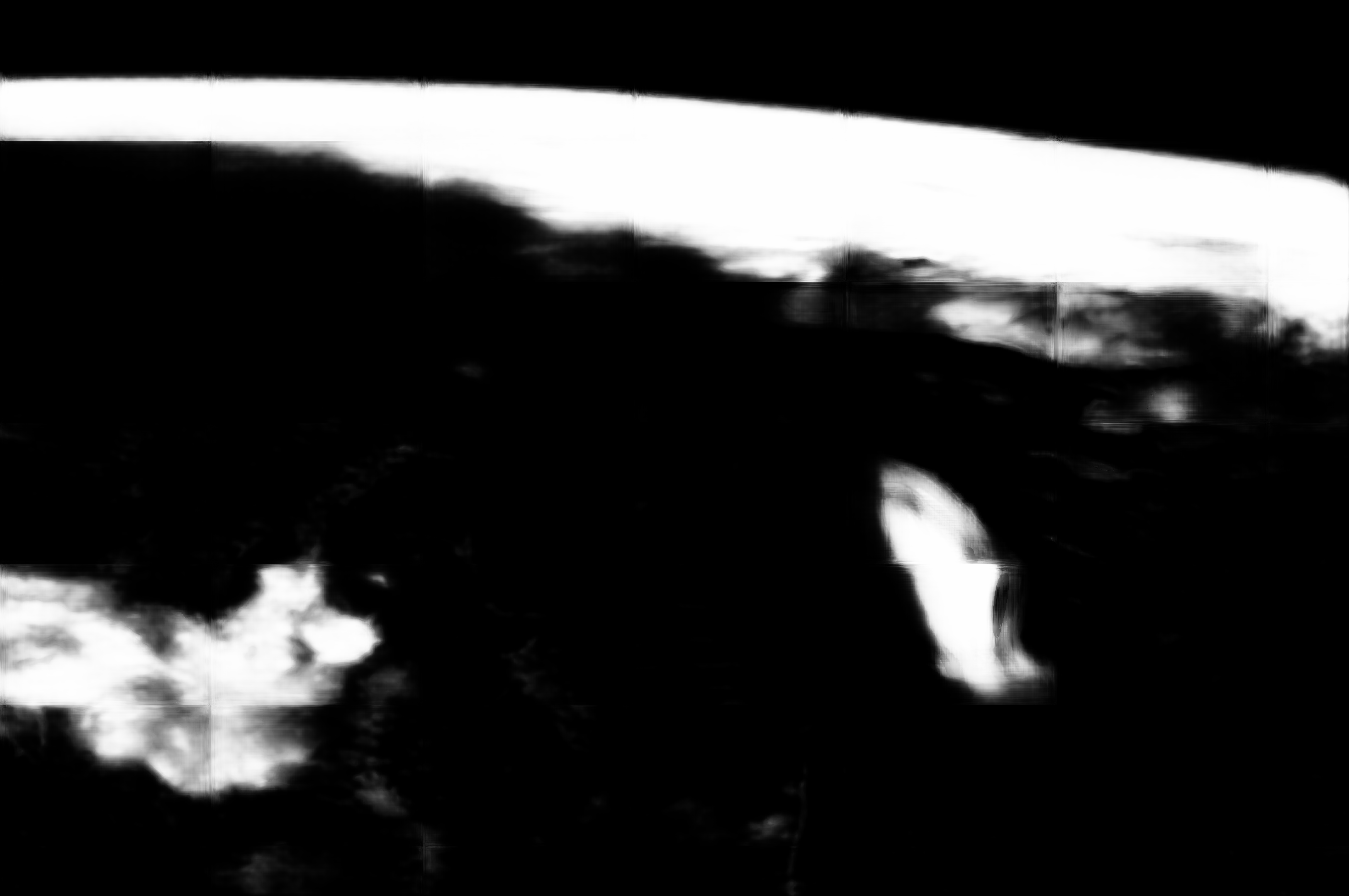ISS031-E-123071
| NASA Photo ID | ISS031-E-123071 |
| Focal Length | 45mm |
| Date taken | 2012.06.14 |
| Time taken | 22:52:34 GMT |
Resolutions offered for this image:
1000 x 664 pixels 540 x 359 pixels 720 x 480 pixels 4288 x 2848 pixels 640 x 425 pixels
1000 x 664 pixels 540 x 359 pixels 720 x 480 pixels 4288 x 2848 pixels 640 x 425 pixels
Country or Geographic Name: | USA-NEW YORK |
Features: | LAKE ONTARIO, LAKE ERIE, LAKE HURON, SUNGLINT, FINGER LAKES, PAN |
| Features Found Using Machine Learning: | PAN- |
Cloud Cover Percentage: | 50 (26-50)% |
Sun Elevation Angle: | 10° |
Sun Azimuth: | 293° |
Camera: | Nikon D2Xs Electronic Still Camera |
Focal Length: | 45mm |
Camera Tilt: | High Oblique |
Format: | 4288E: 4288 x 2848 pixel CMOS sensor, RGBG imager color filter |
Film Exposure: | |
| Additional Information | |
| Width | Height | Annotated | Cropped | Purpose | Links |
|---|---|---|---|---|---|
| 1000 pixels | 664 pixels | No | Yes | Earth From Space collection | Download Image |
| 540 pixels | 359 pixels | Yes | Yes | Earth From Space collection | Download Image |
| 720 pixels | 480 pixels | Yes | Yes | NASA's Earth Observatory web site | Download Image |
| 4288 pixels | 2848 pixels | No | No | Download Image | |
| 640 pixels | 425 pixels | No | No | Download Image |
Download Packaged File
Download a Google Earth KML for this Image
View photo footprint information
Download a GeoTIFF for this photo
Image Caption: Great Lakes in Sunglint
From the vantage point of the International Space Station (ISS), astronauts observe many spectacular phenomena including aurora, noctilucent clouds, airglow, and sunglint on the Earth's water bodies. Sunglint is light reflected off of a water surface towards the observer such that it creates the appearance of a mirror-like surface. If the viewing and lighting conditions are ideal, that mirror-like surface can extend over very large areas, such as the entire surface of Lake Ontario (approximately 18,960 square kilometers).
This astronaut photograph was taken while the ISS was located over a point to the southeast of Nova Scotia (approximately 1200 kilometers ground distance from the centerpoint of the image). Lake Ontario, Lake Huron, the Finger Lakes of upstate New York, and numerous other bodies of water appear brilliantly lit by sunglint. To the west, Lake Erie is also highlighted by sunglint, but less light is being reflected back towards the astronaut observer resulting in a duller appearance.
Much of central Canada is obscured by extensive cloud cover in the image, whereas a smaller grouping of clouds obscures the Appalachian range and Pennsylvania (image lower left). The blue envelope of the Earth's atmosphere is visible above the curved limb, or horizon line that extends across the upper third of the image. Such panoramic views of the planet are readily taken through ISS viewing ports with handheld digital cameras which allow the astronaut to take advantage of the full range of viewing angles.
From the vantage point of the International Space Station (ISS), astronauts observe many spectacular phenomena including aurora, noctilucent clouds, airglow, and sunglint on the Earth's water bodies. Sunglint is light reflected off of a water surface towards the observer such that it creates the appearance of a mirror-like surface. If the viewing and lighting conditions are ideal, that mirror-like surface can extend over very large areas, such as the entire surface of Lake Ontario (approximately 18,960 square kilometers).
This astronaut photograph was taken while the ISS was located over a point to the southeast of Nova Scotia (approximately 1200 kilometers ground distance from the centerpoint of the image). Lake Ontario, Lake Huron, the Finger Lakes of upstate New York, and numerous other bodies of water appear brilliantly lit by sunglint. To the west, Lake Erie is also highlighted by sunglint, but less light is being reflected back towards the astronaut observer resulting in a duller appearance.
Much of central Canada is obscured by extensive cloud cover in the image, whereas a smaller grouping of clouds obscures the Appalachian range and Pennsylvania (image lower left). The blue envelope of the Earth's atmosphere is visible above the curved limb, or horizon line that extends across the upper third of the image. Such panoramic views of the planet are readily taken through ISS viewing ports with handheld digital cameras which allow the astronaut to take advantage of the full range of viewing angles.



